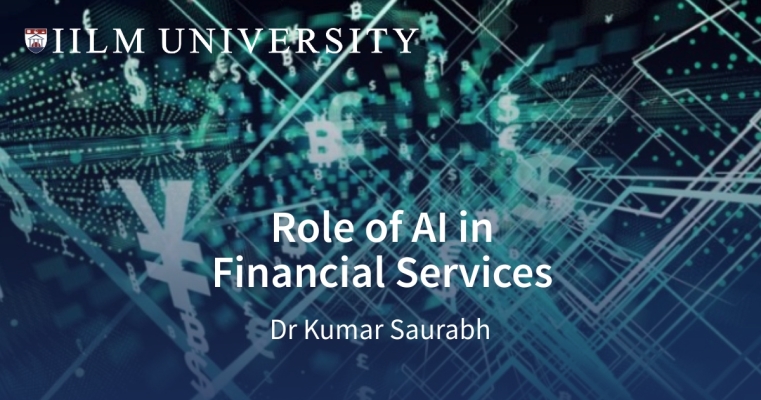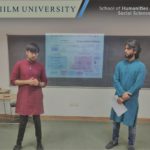Research in its real essence calls for unbiased analysis of problems, scenarios, and situations using scientific tools, to get answers and solutions to questions and generate perspectives. Research aids and gives direction to progress and growth. People and economies thrive when in a habit of research. The freedom to explore and analyze any topic under the sun that intrigues the human mind is essential for the growth of human intellect and human capital development. Good research is a good investment. Therefore, it is essential and wise for nations to invest in developing an atmosphere of research and analytical contributions to keep alive the discourse of development and freedom.
“Research is to see what everybody else has seen.
And to think what nobody else has thought.”- Albert Szent-Gyorgyi
Good research is research done in the context of a problem at hand. The research process involves observations, background study, hypothesizing alternative situations, experimentation or data collection, and analysis which brings out the results of the research to make new decisions or recommendations. Quality of any research must be maintained at every step to get useful results that can further aid policy-making and strategizing of plans.
The bounties of modern and civilized life, be it good concrete buildings to live, good food to eat and experience, clothing, transportation, education, healthcare, social work, governance, etc. have been a result of somebody’s research work at some point of time. There are many small countries like Israel, which give a lot of importance to research and development and have risen as the great economic power of influence in the world today with their products and expertise in healthcare, warfare, digital technology, and banking.
The research acumen and interest should be developed quite early, in fact from childhood itself. Children and youth should be encouraged to read, think, and question, analyze problems and think of solutions. The Indian education system is also making efforts to be research and researcher friendly and develop an ethos wherein an analytical mind thrives, but it is yet to make substantial progress in this direction. The education system should be inherently inclined towards a research mindset wherein good funding is provided to research projects and programs in schools, colleges, and universities. More and more national excellent research journals on the levels of the Management of Information System Quarterly (MIS Quarterly) should be established to aid quality research in the country. Also, educational institutions must stress on rewarding and recognizing quality doctoral degrees and research papers. This will prepare the students for the challenging job market ahead and land them their dream jobs.
IILM University is one such premier educational institution of the country that emphasizes research recognition and practice in its graduate and postgraduate programs. Research methodology subject is taught across all programs to inculcate analytical and scientific thinking in students and make them competent with research work and statistical tools that are very much in demand in jobs these days. Students read and discuss research papers, present their project thesis, give presentations of their research, etc. Students are busy with projects the year-round that involve deep analysis of case studies, products, and ideas in detail. This is one of the major reasons for IILM students always bagging top placements. Besides the regular graduate and undergraduate programs, IILM University takes pride in its robust doctoral program that attracts candidates from across corporate and academic fields. The 6-month mandatory course work in the Ph.D. program prepares the candidates in the research process and research tools and develops their perspective in the right direction. The guidance provided to the researchers is immense and constant. The faculty, regular students, and doctoral candidates have published their research articles in top journals. IILM University International Conference held once every year is another very commendable effort by the University in its endeavour to promote a research mindset that contributes to the progress of the nation.
For all the aspiring candidates of degree programs in Management, Psychology, Law, etc., and PhD., IILM University offers a great environment to learn and grow, research, and develop. The learnings will remain with you and help you grow in your space long after one leaves the University.
The admission team or the author of this blog can be contacted freely for any queries related to admissions and programs. Let us be busy with research to always be at the front of the game.
P.S.: The author is a Ph.D. scholar at IILM University and can be contacted on email: Shahana.qutab.phd2019@iilm.edu
Blog on medium: https://medium.com/@shahanafatima/research-in-its-real-essence-calls-for-unbiased-analysis-of-problems-scenarios-and-situations-a108dc06fef?sk=e5295cffd3bb2800e7f62ce1f7b612e3
blog on Linkedin: https://www.linkedin.com/pulse/research-mindset-shahana-qutab/?published=t













